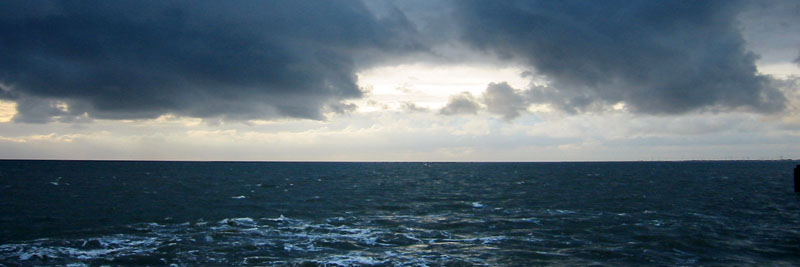|
|
|

SEA OF OPPORTUNITY
A TERRITORIAL CONSTITUTION FOR THE BARENTS SEA
At 71% of the earth's surface, the ocean is the world's largest habitat. This seemingly unlimited spatial resource shrinks considerably under closer inspection.
Ocean territory is "occupied" by political and military interests, research and conservation, fishing grounds, transport corridoors, industrial and aquacultural production, literally « islands » of pollu-tion, cultural heritage sites and is subject to extreme development pressure. Recent studies show that almost no part of the global ocean is unaffected by human impact.
The need for coordinatated and integrated approach to ocean management has been acknowledged, yet at the same time, the rights to freedom of the seas are manifested through the upsurge of pira-cy on the one hand, and the interest in independant, utopian ocean-based societies on the other. How will this universal democratic right be exercised in « seasteading » settlements funded by silicon valley?
The history of architecture includes a rich archive of utopian water projects at the urban scale. Some indigenous societies living on the water still maintain a direct symbiotic relationship with their environment, although their numbers are decreasing. How symbiotic is contemporary society's relationship to water? How could this change, given all the knowledge we now have access to?
The process of ocean urbanization has long since begun and is currently being mapped in a me-thodical and coordinated way. As yet few architects are involved in this process and physical struc-tures in the ocean are determined by engineering and world market logistics. Architects have the ability to operate in a trans-disciplinary way and recognise the spatial and programmatic potential of all types of urban phenomena. How can conflicting areas of interest be accommodated and optimised when dealing with the sea? Which « urban » environments could arise by establishing new relationships and enabling synergies to develop?
A particular challenge lies in finding appropriate tools and strategies for the marine environment, and avoiding the simple exportation or « colonisation » of systems implemented on land.
Here, our interest lies in developing a framework flexible enough to address the ocean's particular spatial, temporal and cultural dimensions (depth, flows, history) and yet effective enough to pro-pose viable solutions for a range of future ocean "users".
In the 2011/12 academic year, laba will investigate the spatial consequences of current activites at sea, and develop a constitution for the regulation of future interactions. The objective is to ensure sustainable co-habitation.
|
|
|